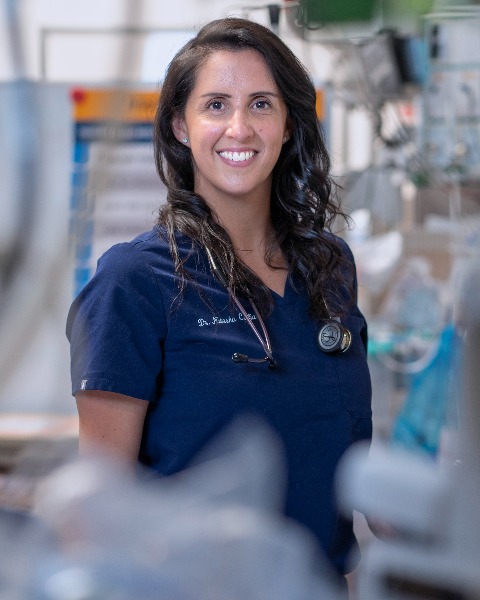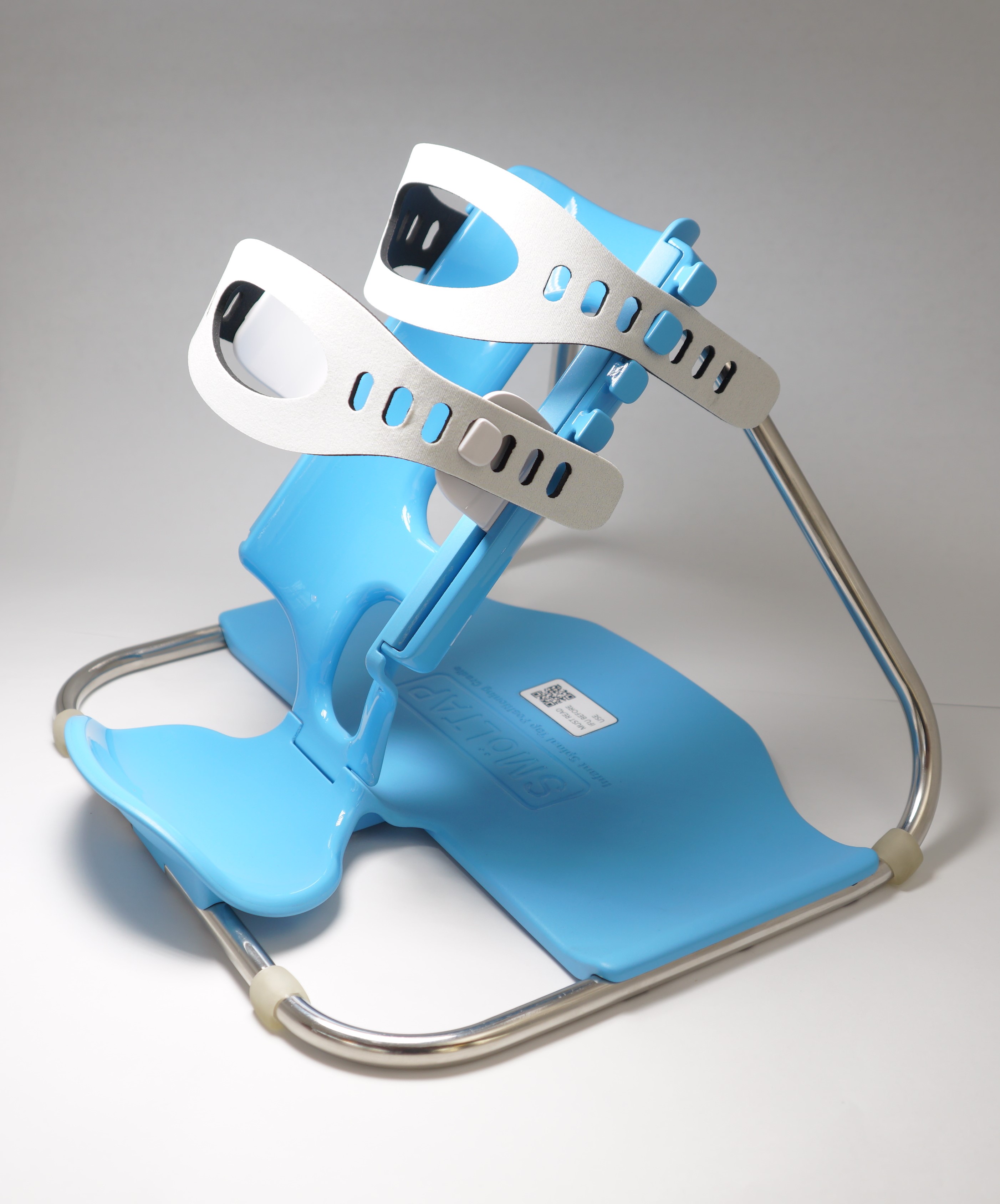Emergency Medicine 6
Session: Emergency Medicine 6
283 - Innovative Solutions in Pediatric Emergency Medicine: Physician Feedback on the use of a novel LP cradle.
Saturday, April 26, 2025
2:30pm - 4:45pm HST
Publication Number: 283.5299
Natasha Collia, The Hospital for Sick Children, Etobicoke, ON, Canada; Adrienne L. Davis, The Hospital for Sick Children, Toronto, ON, Canada

Natasha Collia, MD (she/her/hers)
Pediatric Emergency Staff Physician, Trauma and Simulation Lead Educator
The Hospital for Sick Children
Etobicoke, Ontario, Canada
Presenting Author(s)
Background: Lumbar puncture (LP) in neonates has low success rates, even among experienced clinicians, often leading to dry or traumatic taps. The NeoCLEAR trial reported improved first-pass success rate in the seated position compared to lateral decubitus. An LP cradle is a novel device that secures infants in a seated position, eliminating the need for manual assistance.
Objective: To assess pediatric emergency medicine (PEM) physician acceptability and feasibility of using an LP cradle when performing neonatal LPs, focusing on safety, ease of use, staffing needs, and confidence. Secondary outcomes include first-pass success, overall success (CSF obtained with < 10,000 RBC/hpf) and non-traumatic taps ( < 1000 RBC/hpf).
Design/Methods: Mixed methods study in a tertiary care children’s hospital of PEM attendings/fellows performing LPs with the SMöLTAP LP cradle for the first time on stable neonates. Cases requiring opening pressure, respiratory support, or those with prior failed LP attempts were excluded. A just-in-time demonstration preceded the procedure, followed by a survey capturing qualitative feedback, whether CSF was obtained, number of attempts and rbc/hpf.
Results: Seventeen MDs trialed the cradle on infants < 60 days old with a mean weight 3.97 kg and length 53.4 cm. The cradle was easy to use (82%), adjust, and clean (100%). It was perceived as safer than traditional methods (71%), with all neonates able to breathe freely. Device stability was rated high (94%). Preference for the device over manual holding was noted by 47% of users, with 29% expressing no preference. Comfort with reduced staff presence was reported by 59%, and 88% believed it saved procedure time. First-pass success was 65%, CSF was obtained in 82% of cases, with non-traumatic taps in 76% of cases.
Conclusion(s): PEM physicians reported positive experiences with the LP cradle, citing feasibility, safety, and potential procedural efficiency. The cradle's first-pass success rates, overall success rates and non-traumatic tap rates were high compared to previously published literature. Larger-scale trials are warranted to further evaluate its benefits.
SMoLTAP: Lumbar Puncture cradle


